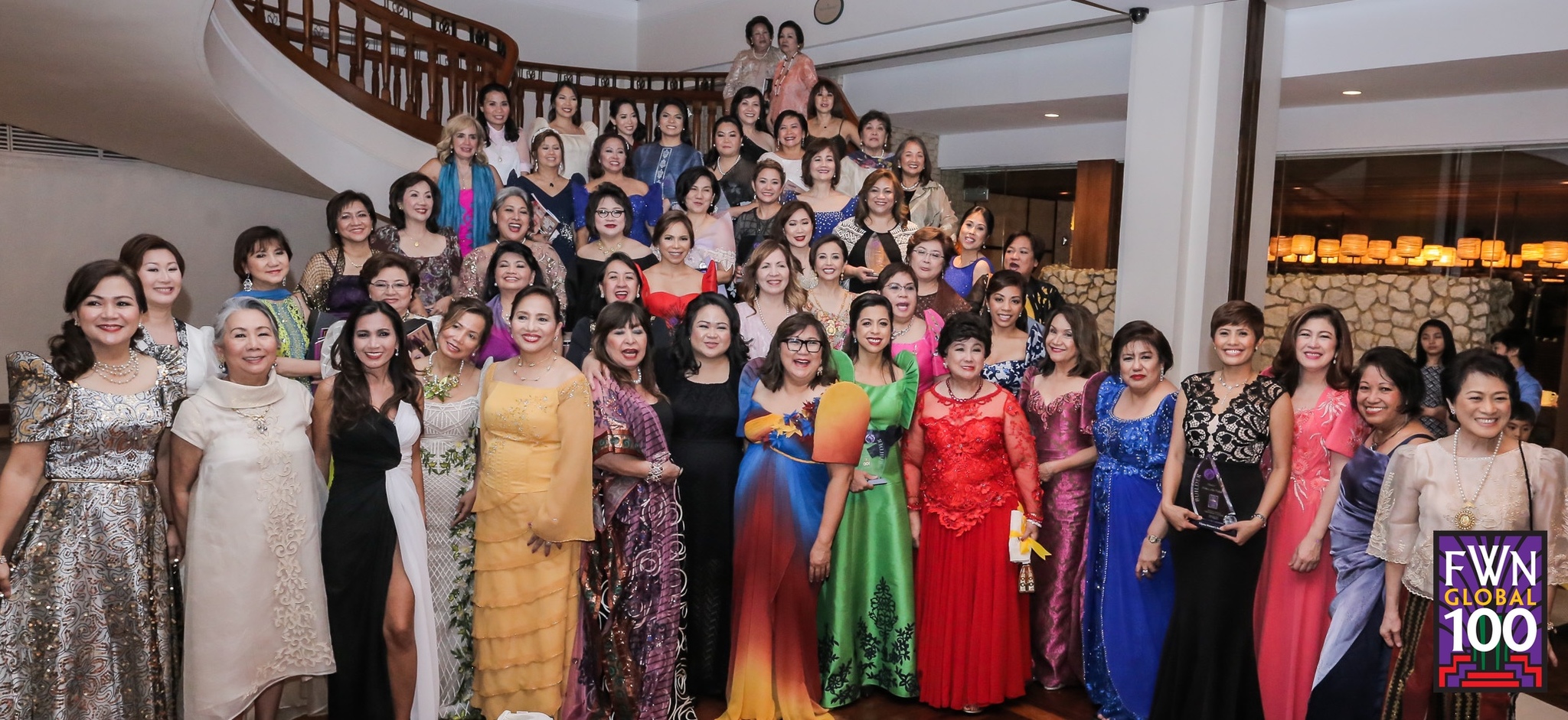With TPR editors Hermie and Mila Garcia on their 50th wedding anniversary.
From 2014 to 2019, I wrote for The Philippine Reporter-- an experience that truly shaped my journey as an emerging author.
For my first article, Mila Garcia commissioned me to write about Proudly Pinoy, a Filipino celebration hosted by the Toronto Catholic District School Board.
At the time, I was working at a settlement agency, and the most creative thing I was writing were government reports, but she was so encouraging that I knew that I had to try.
This led to six years of pitching stories, publishing articles, meeting Filipino community leaders in Toronto, British Columbia, and Hawaii, and so much more.
And with weeks to go until I launch my debut novel, Reuniting with Strangers, on September 9th, I’m proud to say that The Philippine Reporter was a key part of my path to becoming a published author.
Meeting activists on the 20th death anniversary of Flor Contemplacion in 2015.
Community-Based Journalism
Although I was actively involved in Toronto’s Filipino community, writing for The Philippine Reporter opened up opportunities that I’d never expected.
I loved covering stories about Filipino youth leadership in Toronto and shining a spotlight on events like the Kultura Filipino Arts Festival, Next Day Better, the launch of Pinay Collection, and more. Getting a chance to speak with Filipino athletes, activists, academics, entrepreneurs, and everyday heroes made me realize how much there was to celebrate in our incredible community.
In addition, journalism gave me two opportunities to accompany community organizer Monica Batac and Filipino student leaders outside of the GTA: first, to cover KAMP, a Filipino summer camp in Loon Lake, British Columbia, and then to Sariling Gawa’s annual youth conference in Oahu, Hawaii.
Seeing Filipino youth being prepared for leadership positions strengthened my school board consulting initiative, Filipino Talks, and I spent years building bridges between Canadian educators and Filipino youth, encouraging them to address family reunification and the need for community involvement, and introducing them to Filipino leaders in medicine, law, engineering, community work, and the arts.
And as I met more and more Filipino youth, this led me to write a book where almost half of the stories are from young voices— something that I’m very proud of in Reuniting with Strangers.
Covering KAMP in British Columbia.
The Impact of FCWJNet
Being part of the TPR team also meant that I became a founding member of the Filipino-Canadian Writers and Journalists Network. Every month, when we met at the University of Toronto, the group would encourage me to keep pushing forward with my writing— something that every emerging author needs!
In addition, they kept putting me on a microphone, from our launch event at the University of Toronto, to our interview at FTV, to emceeing our inaugural Andres Bonifacio Festival at Toronto City Hall.
Every author needs to learn how to be comfortable with public speaking, and this network gave me so many opportunities to hone this skill.
Emceeing the Andres Bonifacio Festival at Toronto City Hall. Photo by JC Bonifacio.
Opening Doors as a Writer
When I began to study at The Humber School for Writers, I quickly realized that my background as a TPR journalist gave me a unique advantage over my peers.
Not only did journalism improve my writing skills, but it meant that I was eligible to apply for grants where the base requirement was three published pieces of work.
With new writers clamouring for limited spaces in literary magazines and sometimes taking years to get pieces published, it felt like a superpower to be able to say that I had a growing list of articles in a newspaper that was available both online and in print.
This opened the doors for writing programs and mentorships, which eventually helped me secure literary agents at Westwood Creative Artists and a publishing deal with Douglas & McIntyre.
Debut Novel: Reuniting with Strangers
With my first novel about to be available in stores nationwide on September 9th, I can’t help but look back and appreciate the incredible impact that The Philippine Reporter has had on my writing journey.
As I start this new chapter, I write this to encourage other emerging authors to consider writing for the TPR, because an incredible journey could start with just a single article.
To learn more about my book launch and my novel, visit my website at www.jennileeaustriabonifacio.com/reuniting
With youth delegates at the Sariling Gawa conference in Oahu. Photo by JC Bonifacio.
This article was originally published in The Philippine Reporter on August 25, 2023.














































































